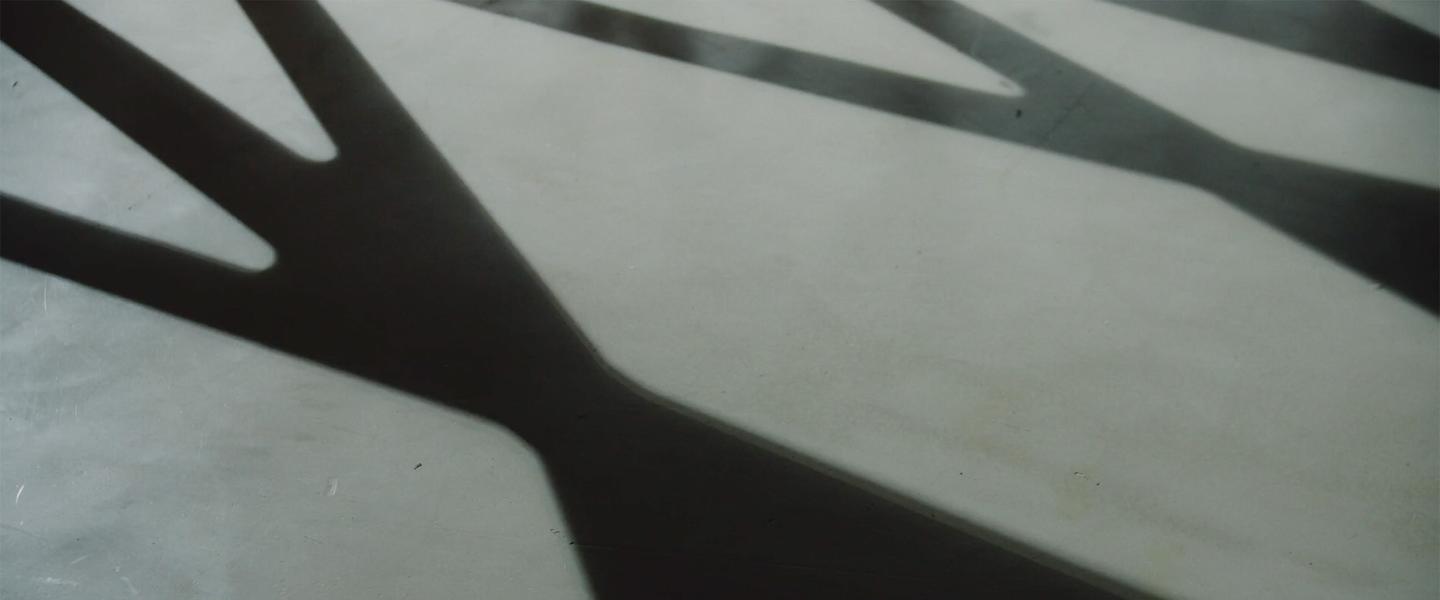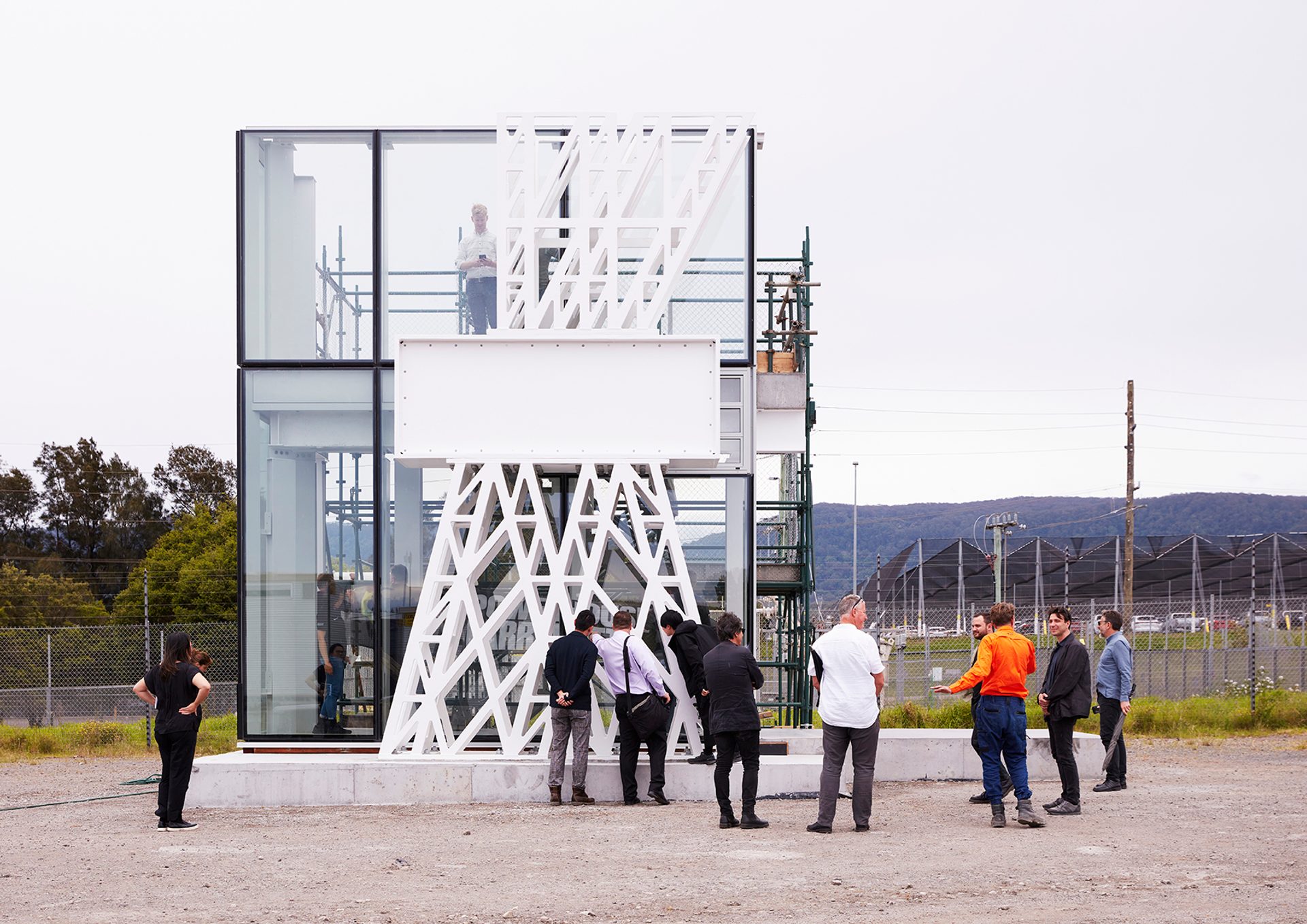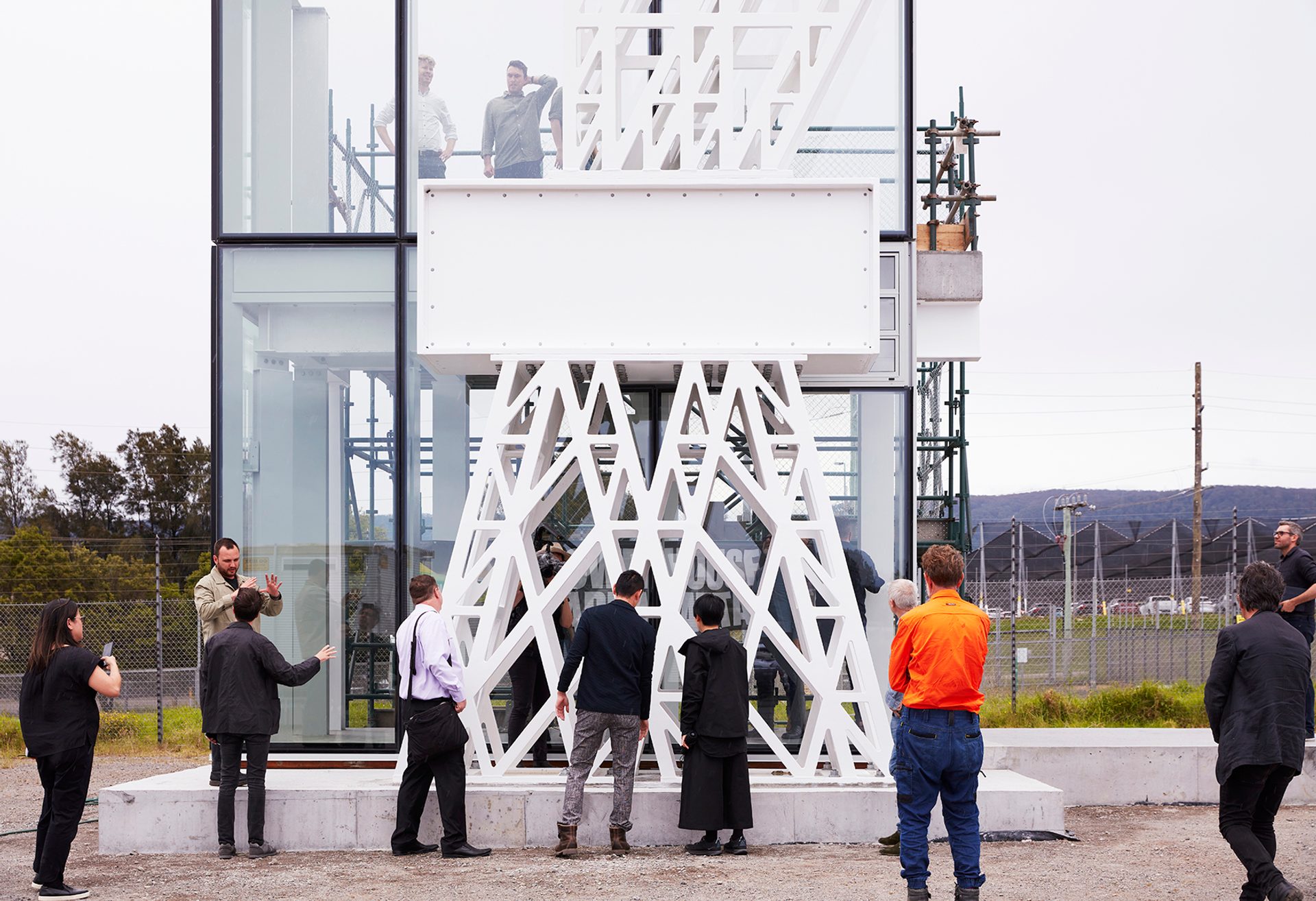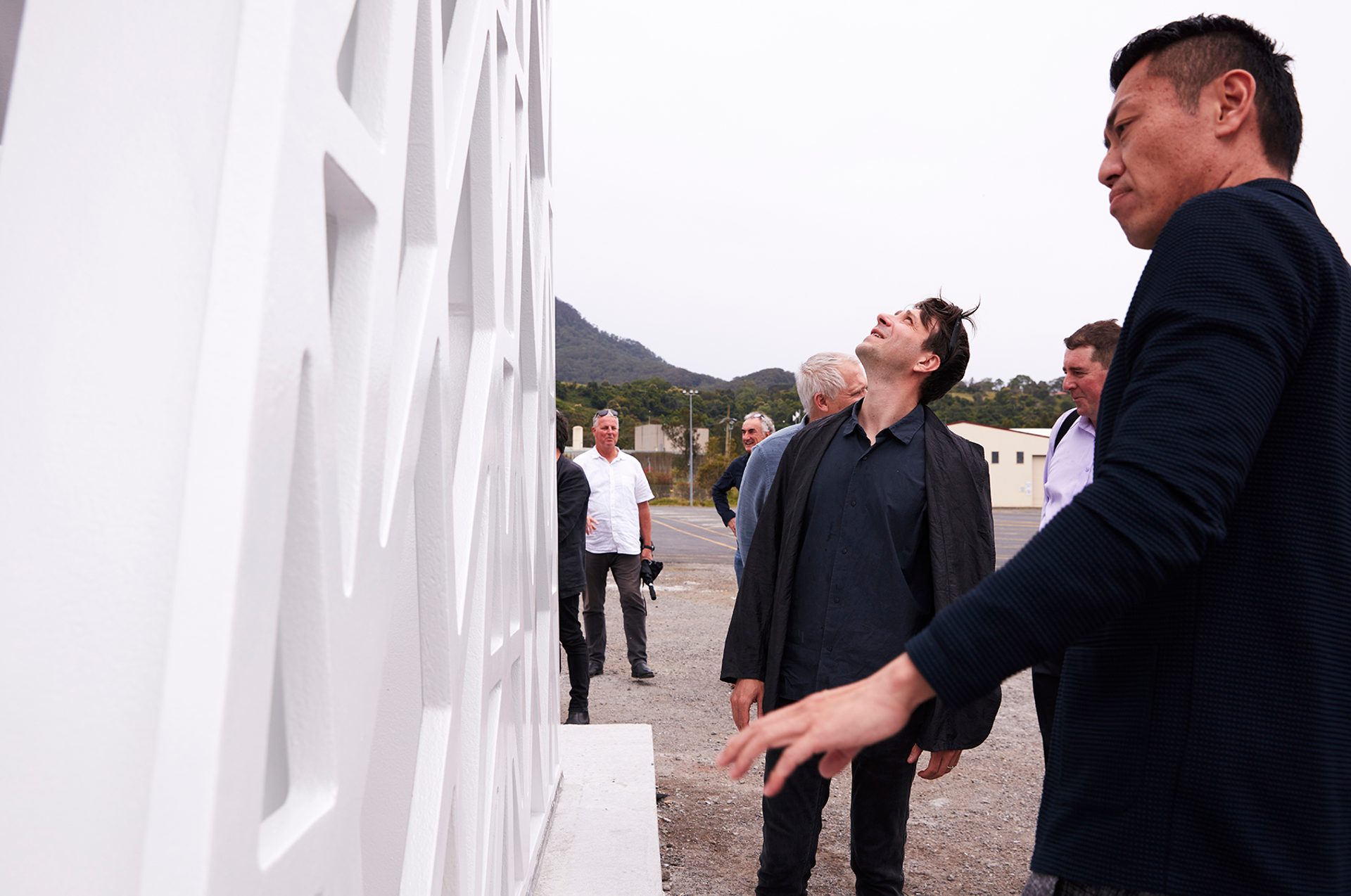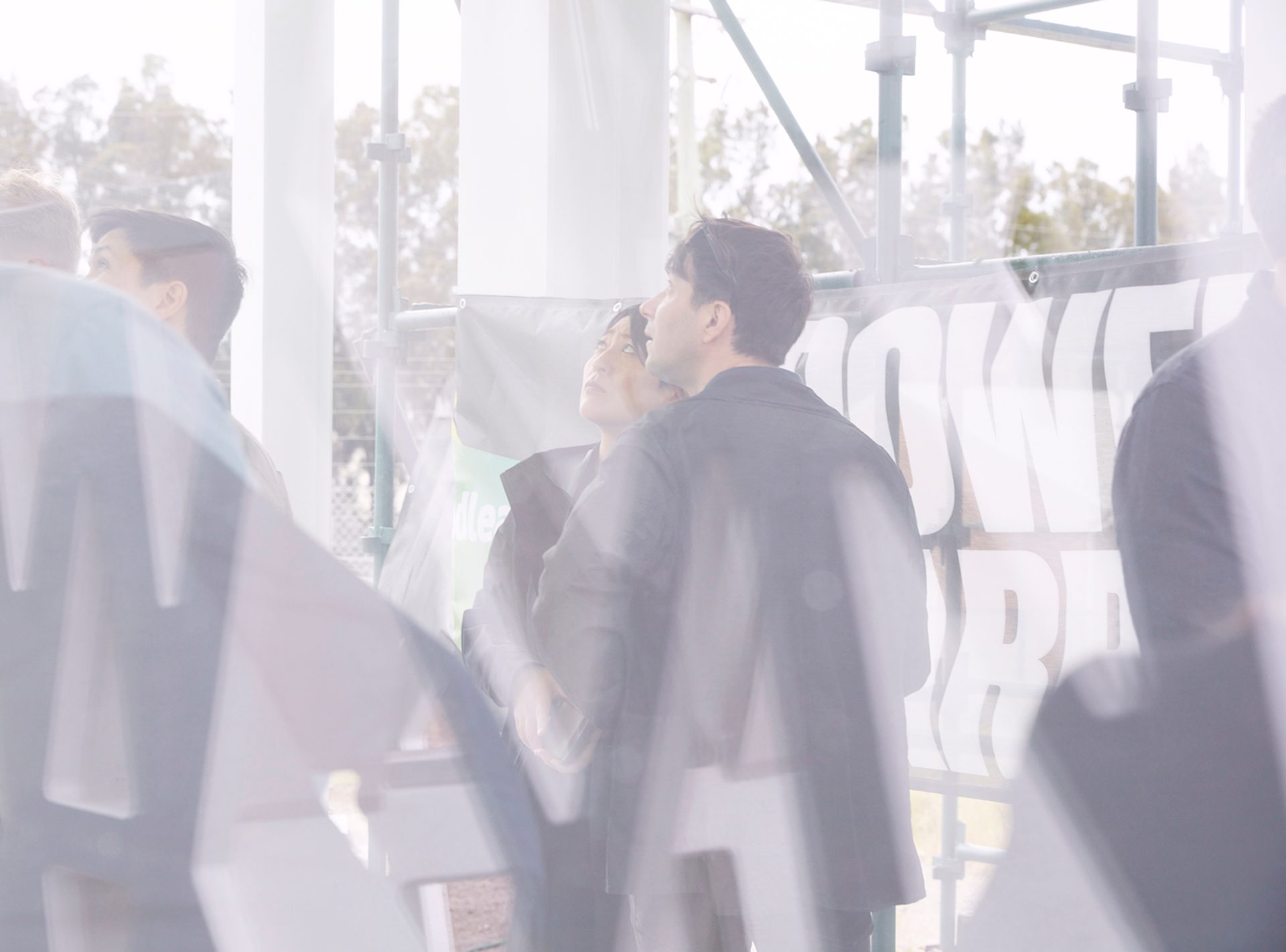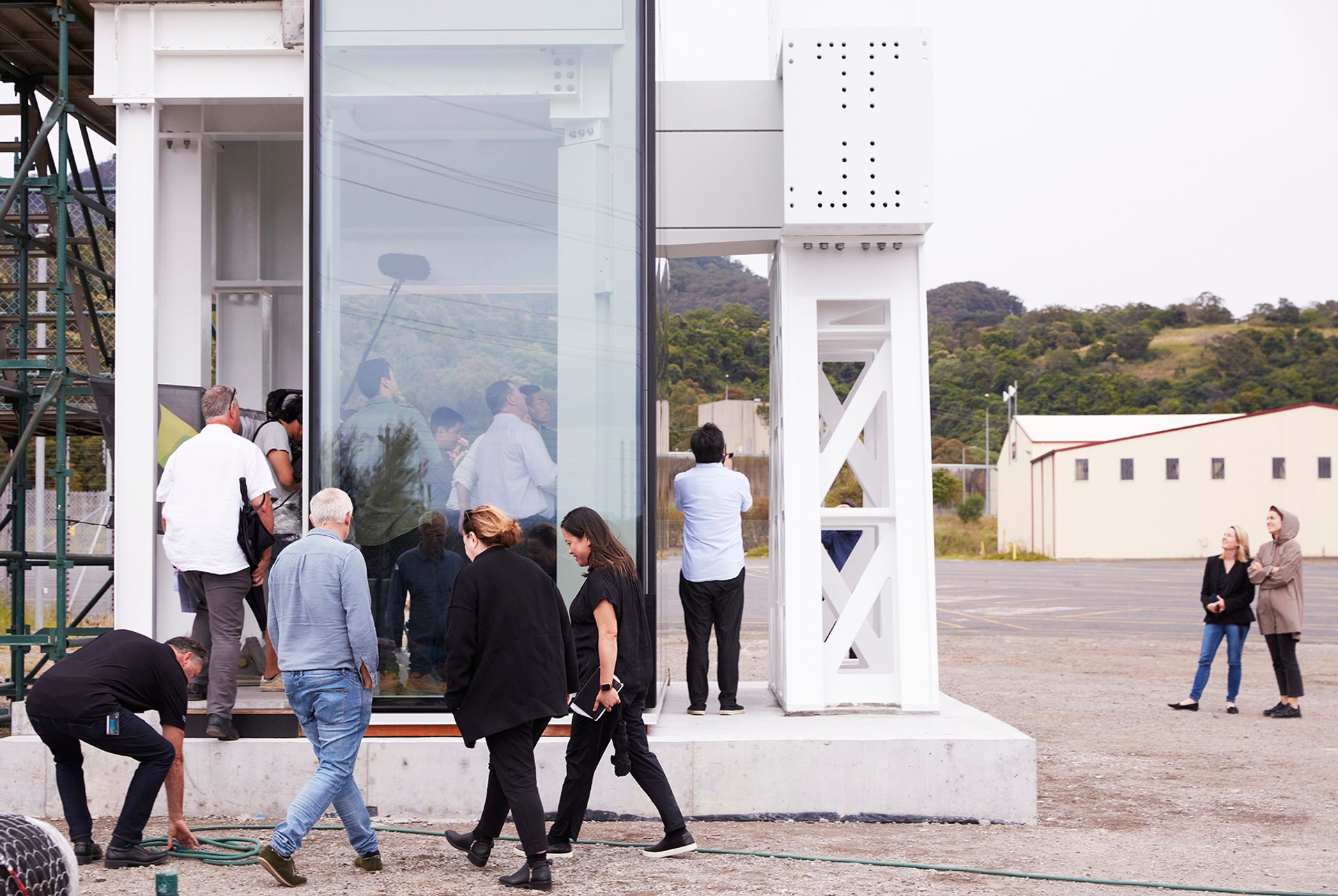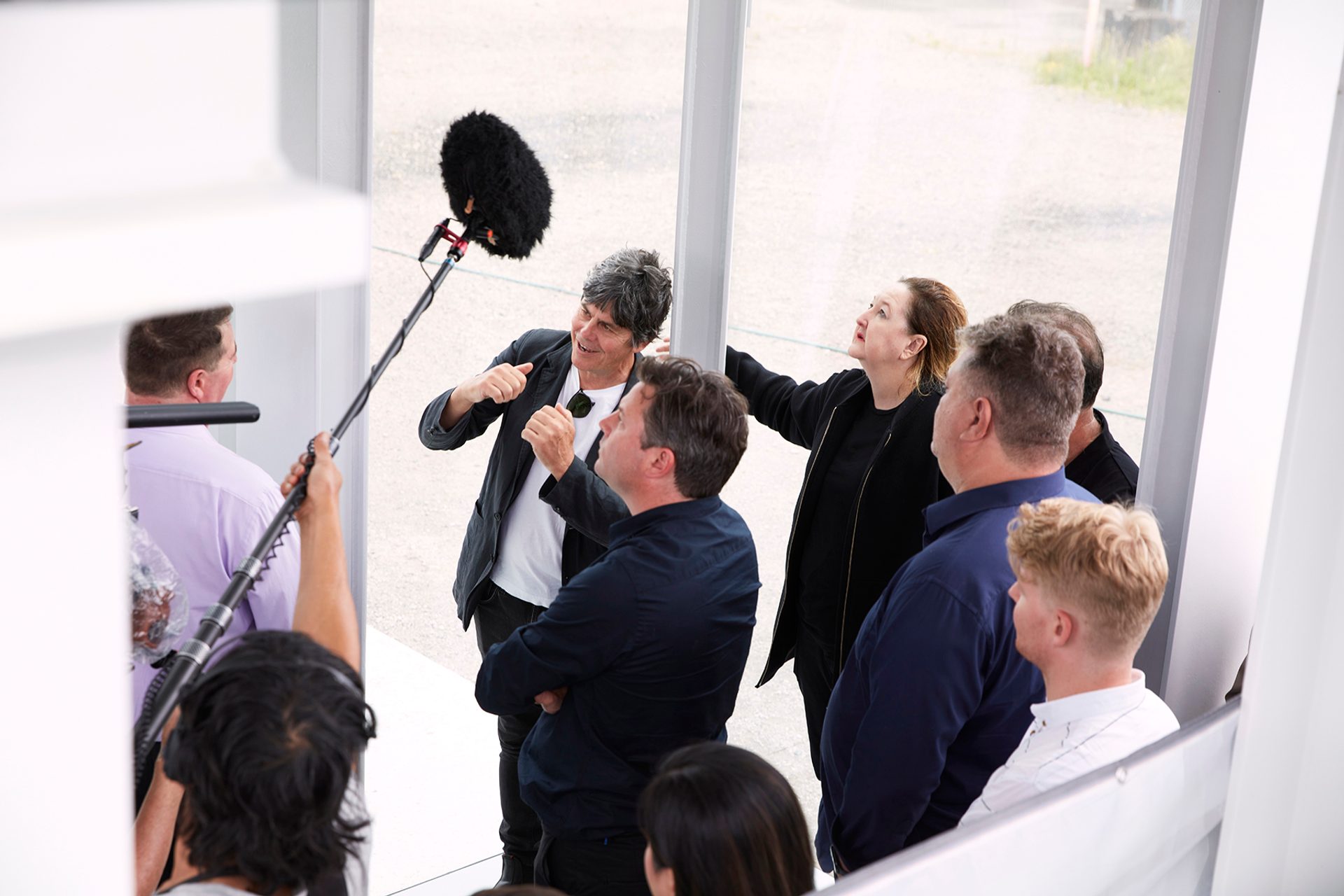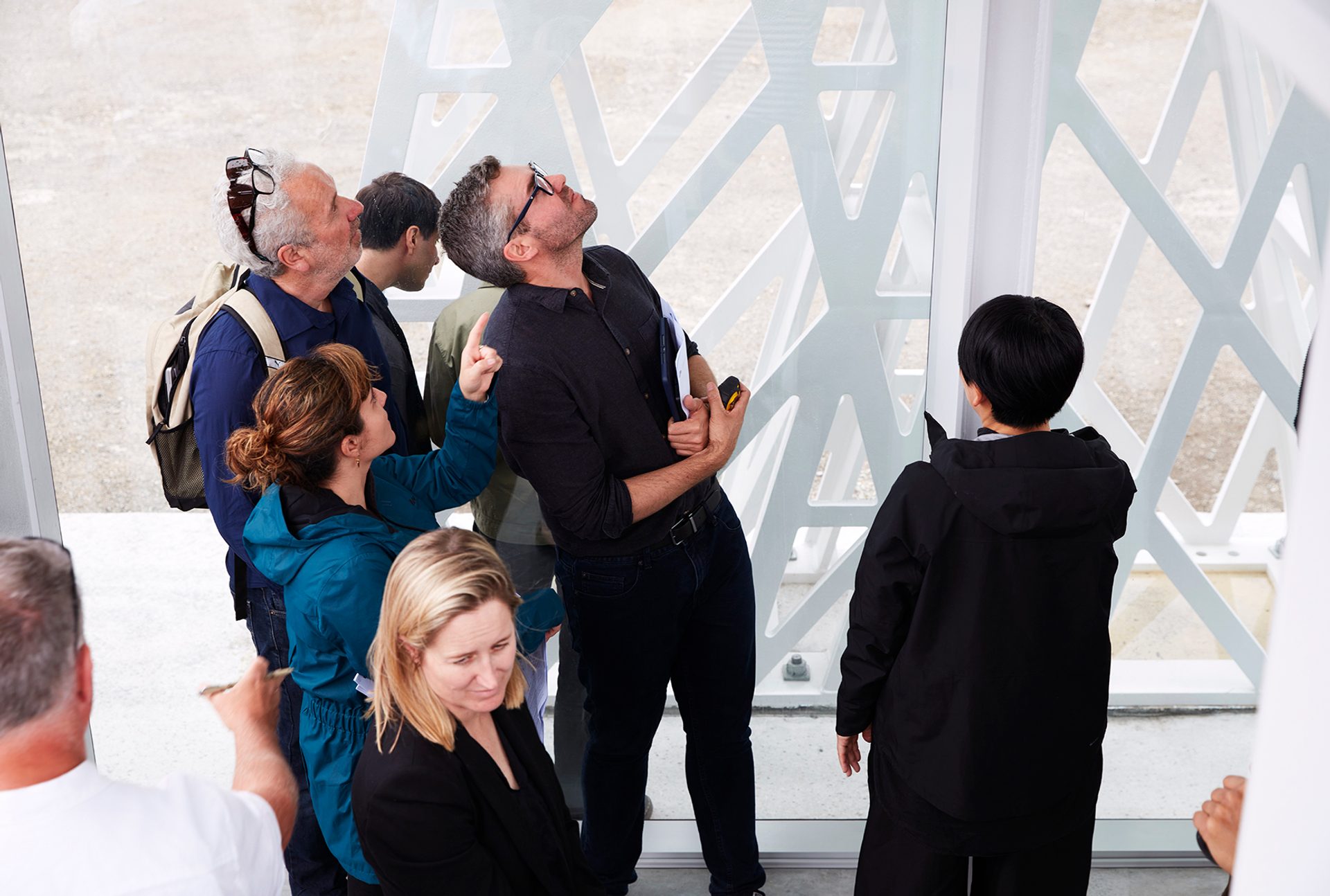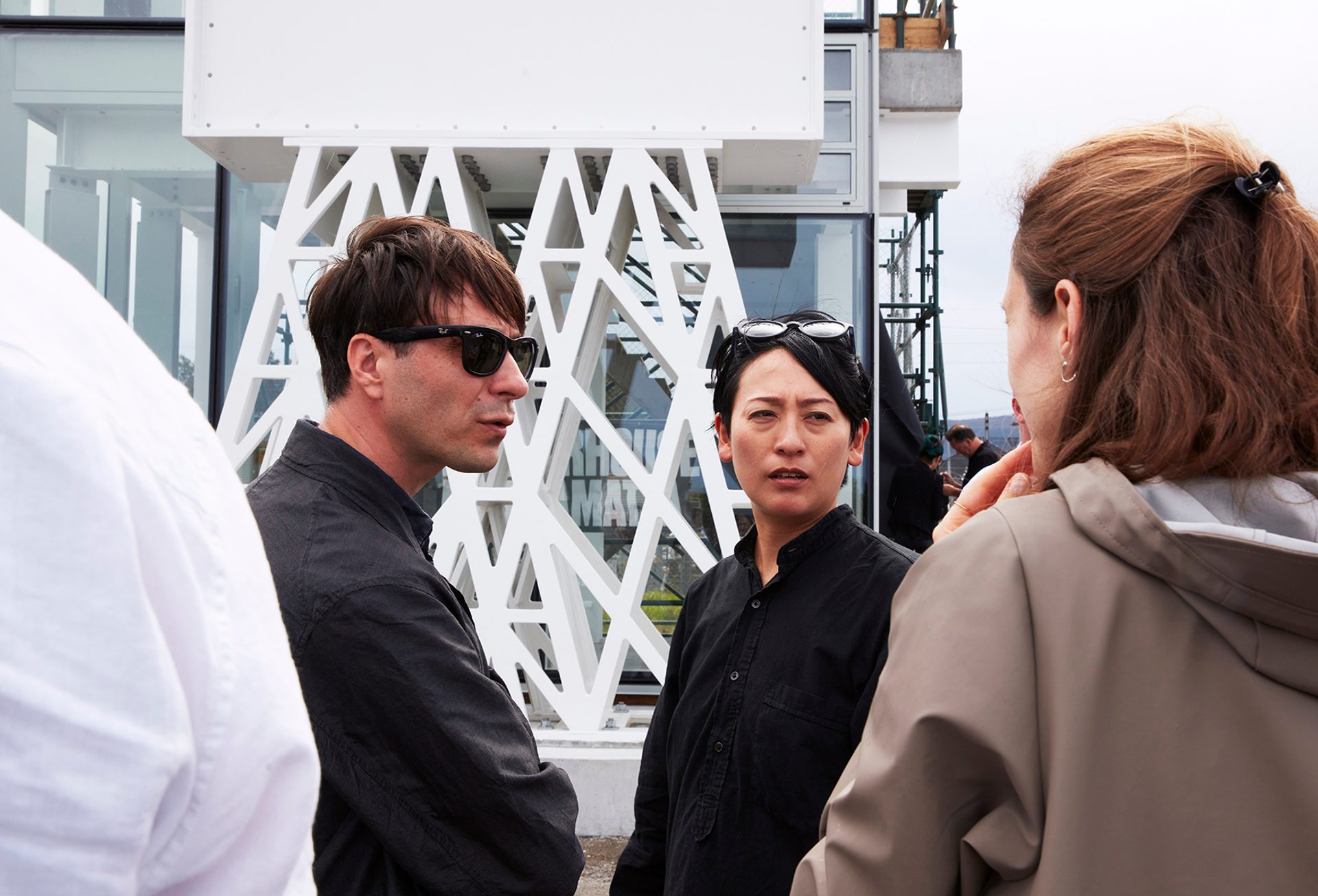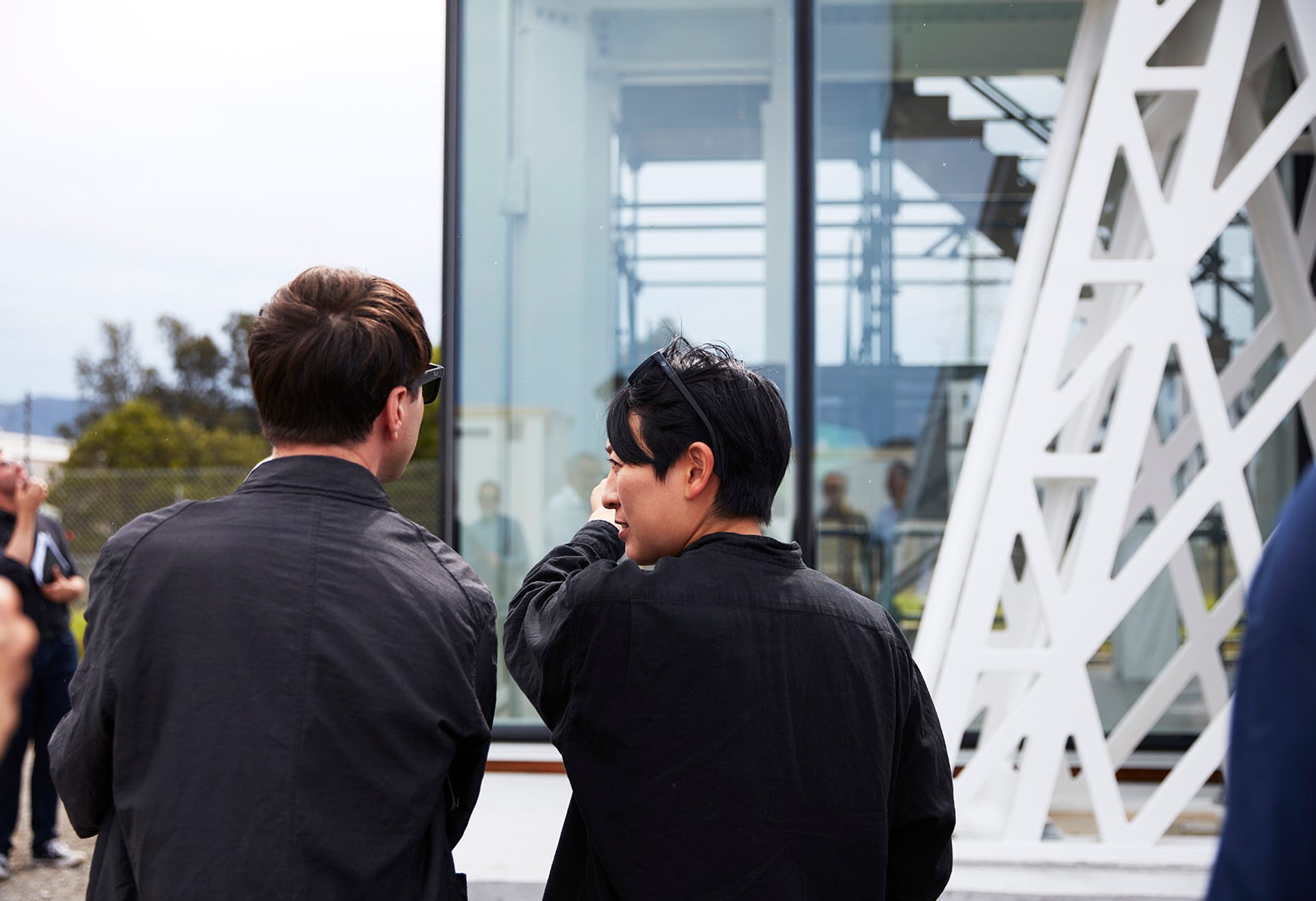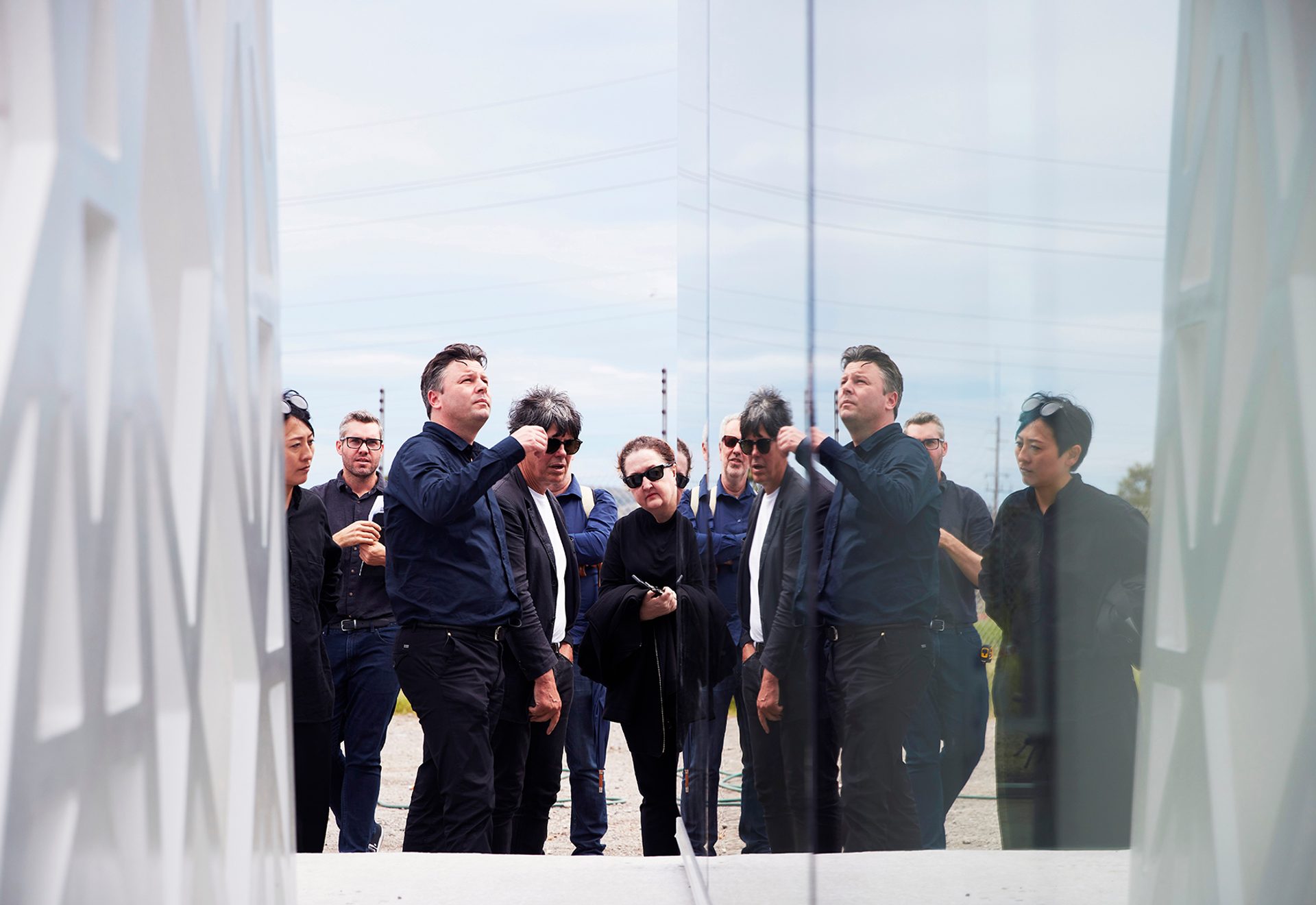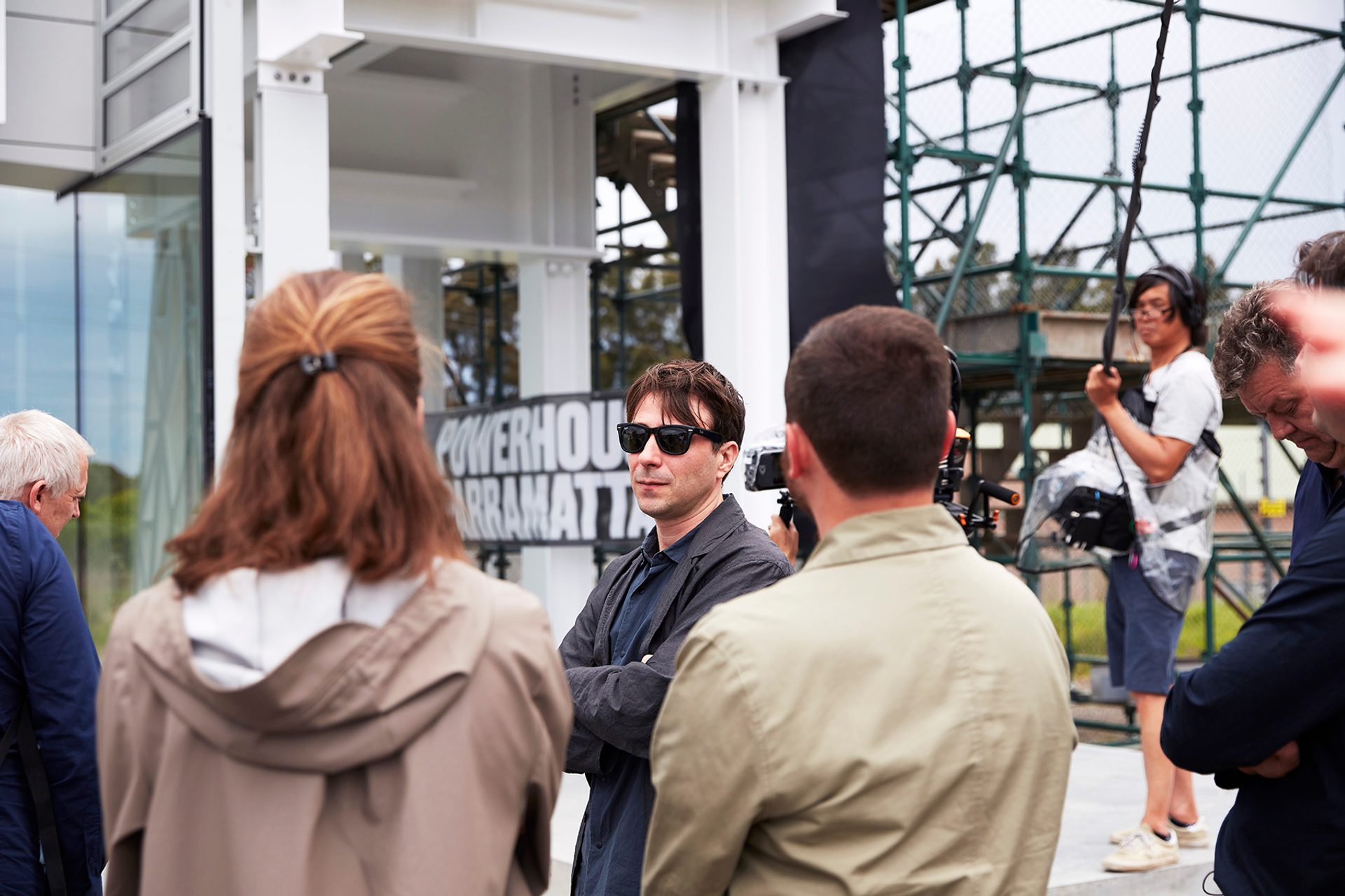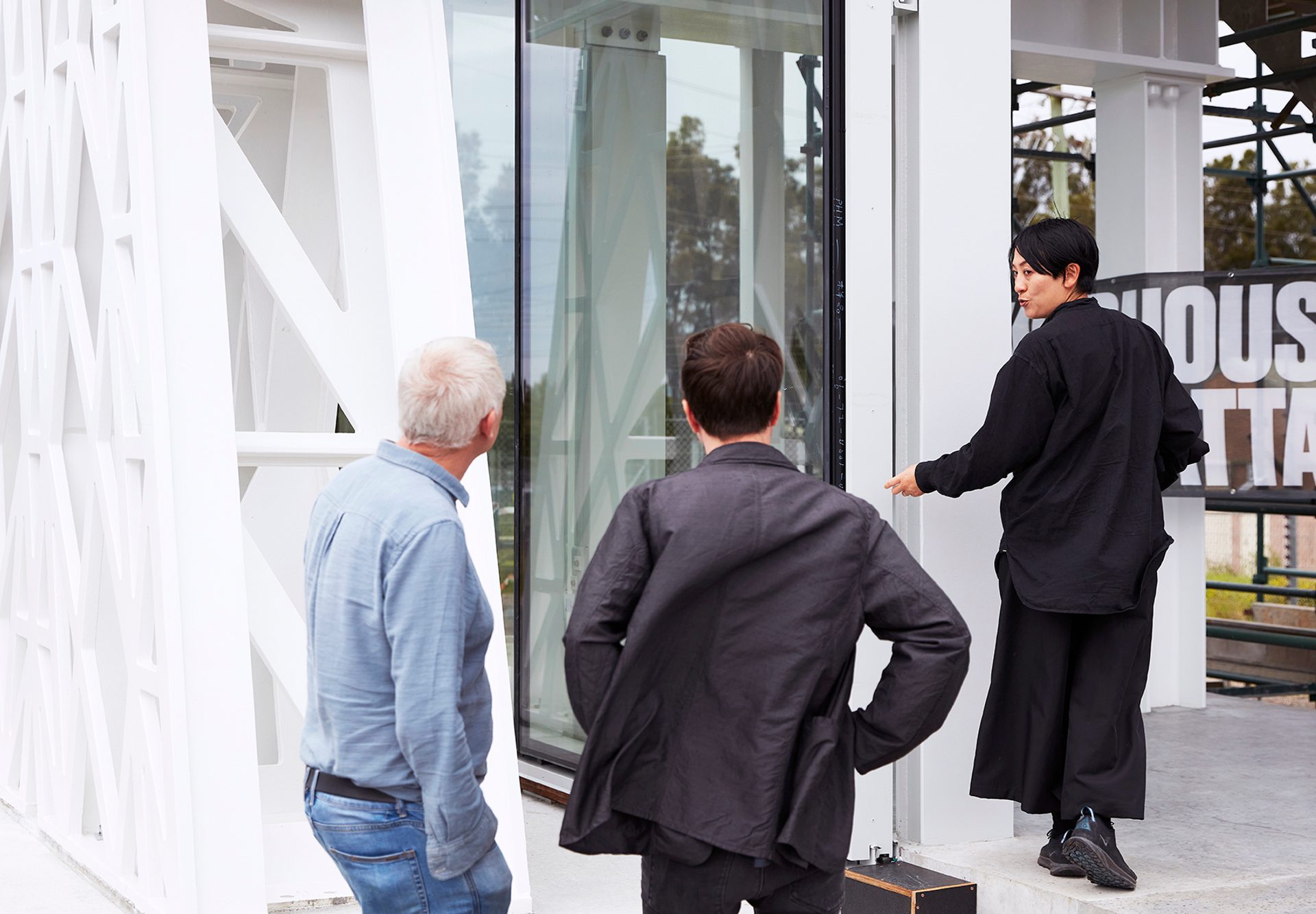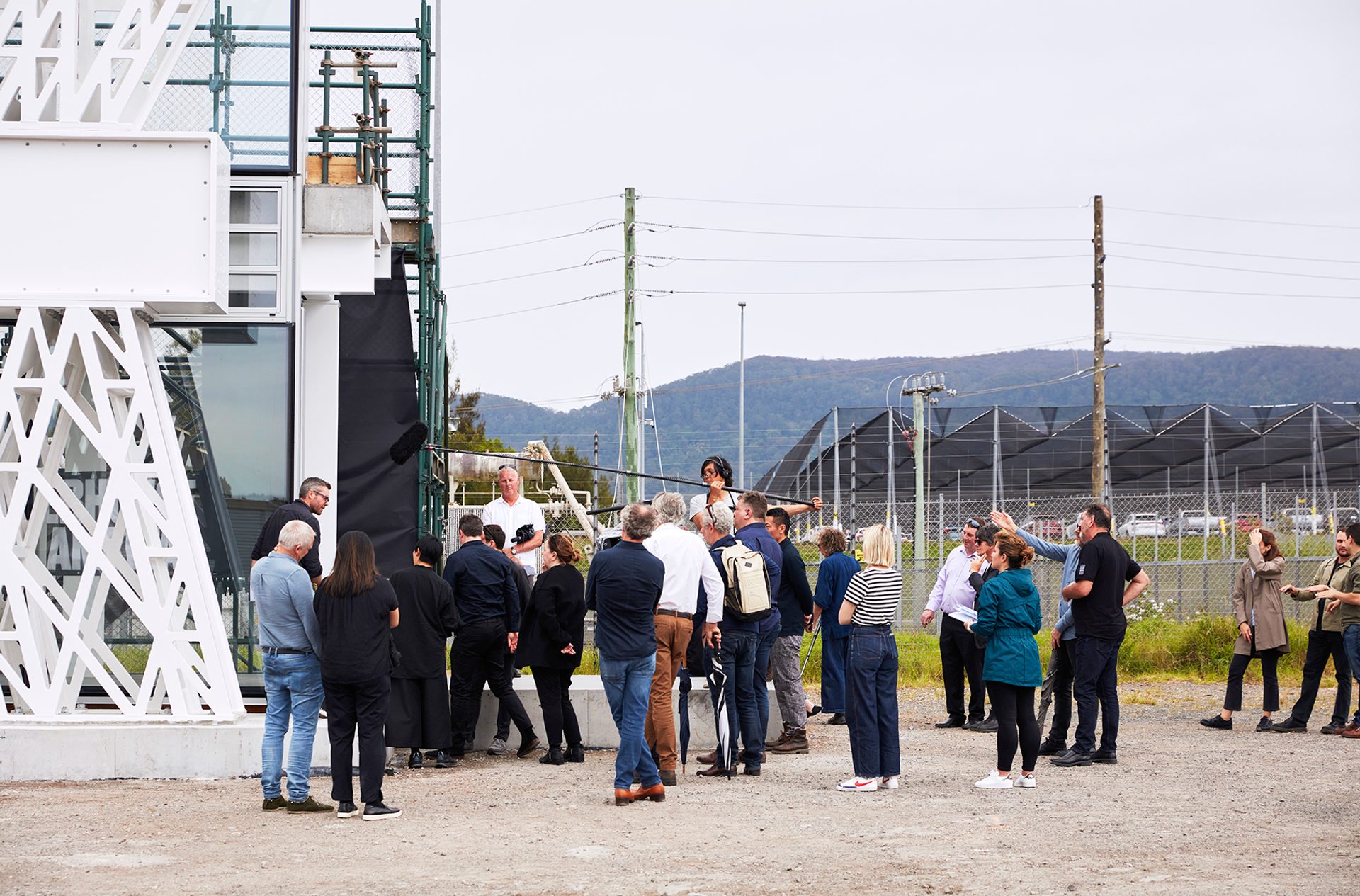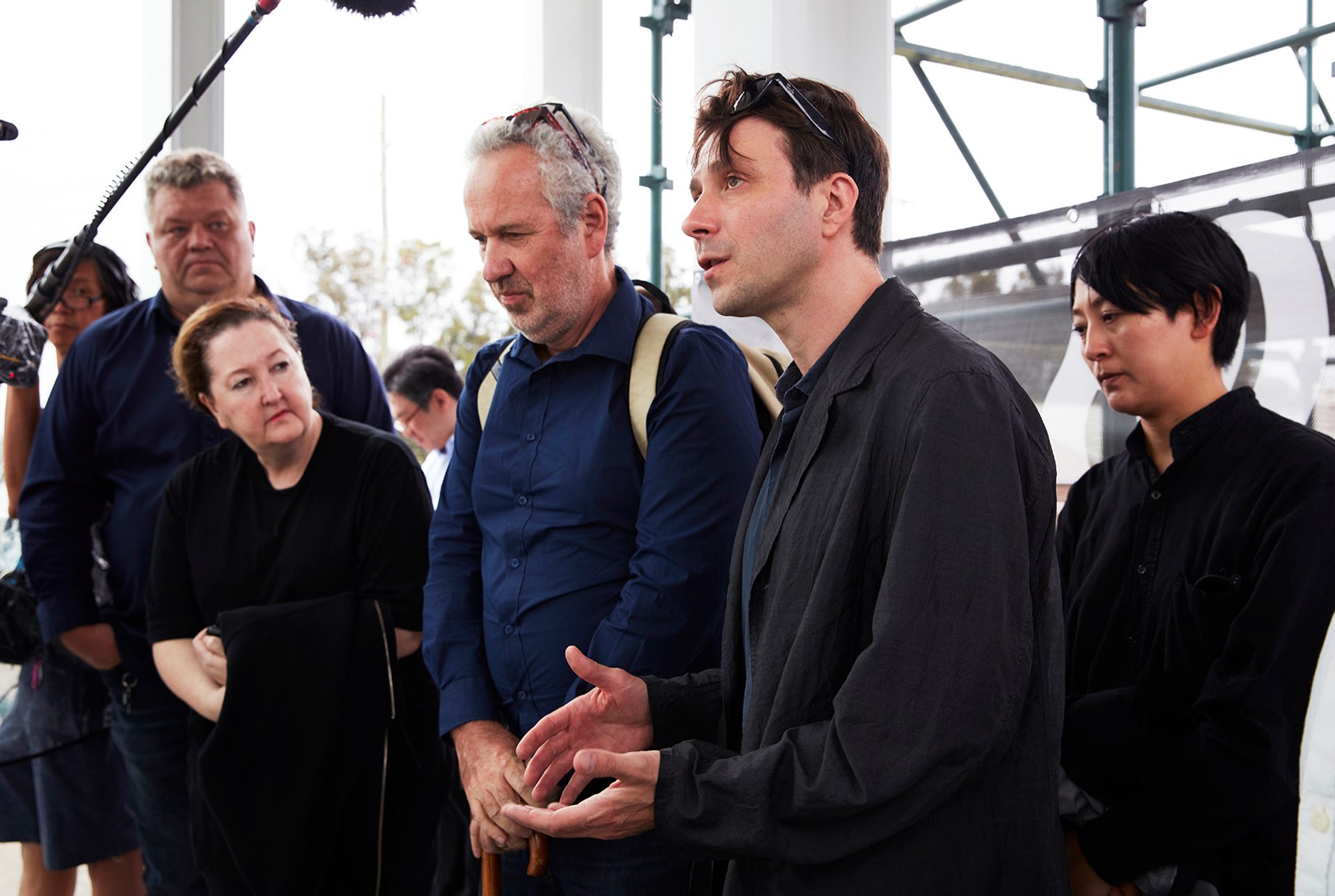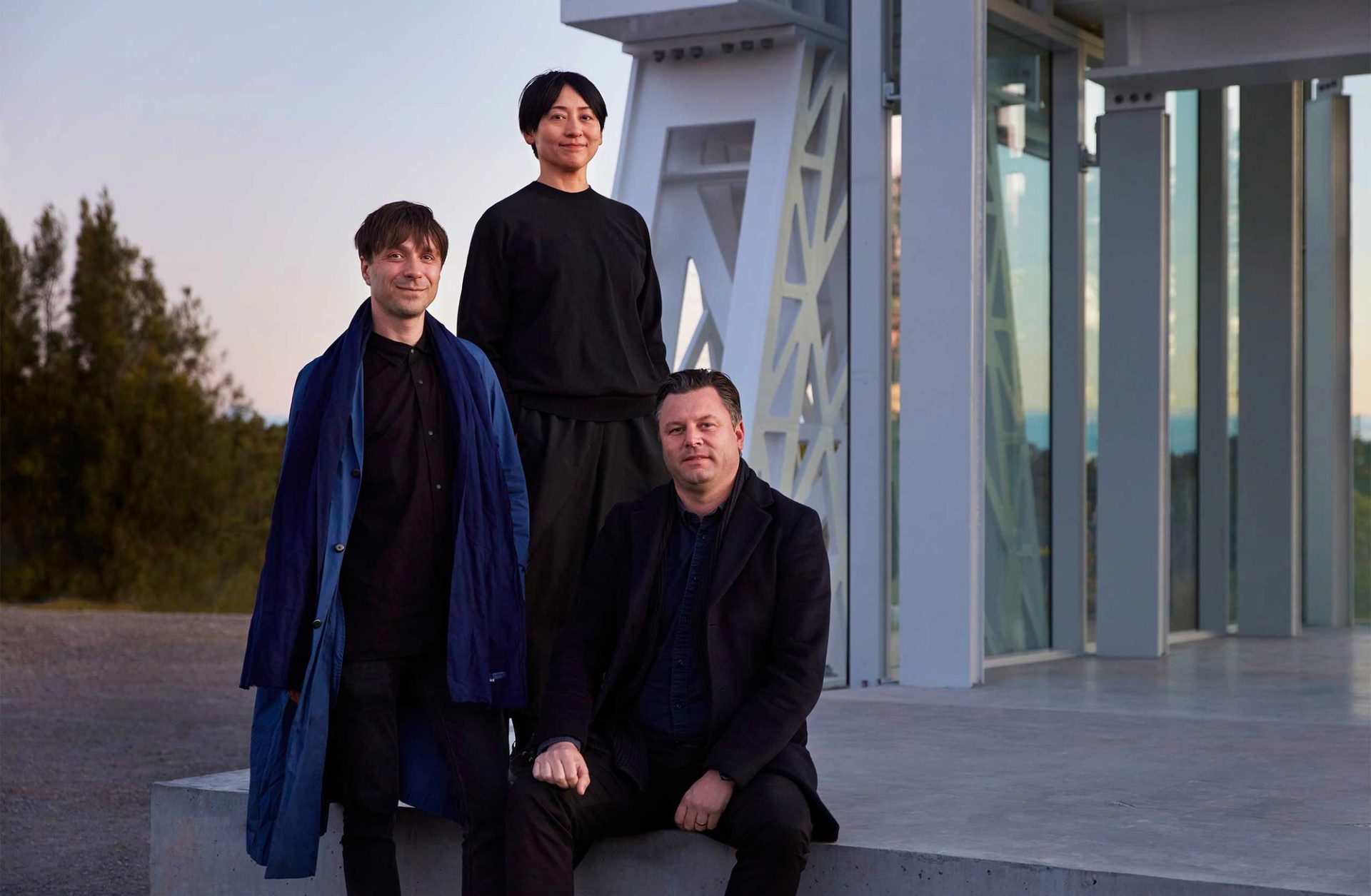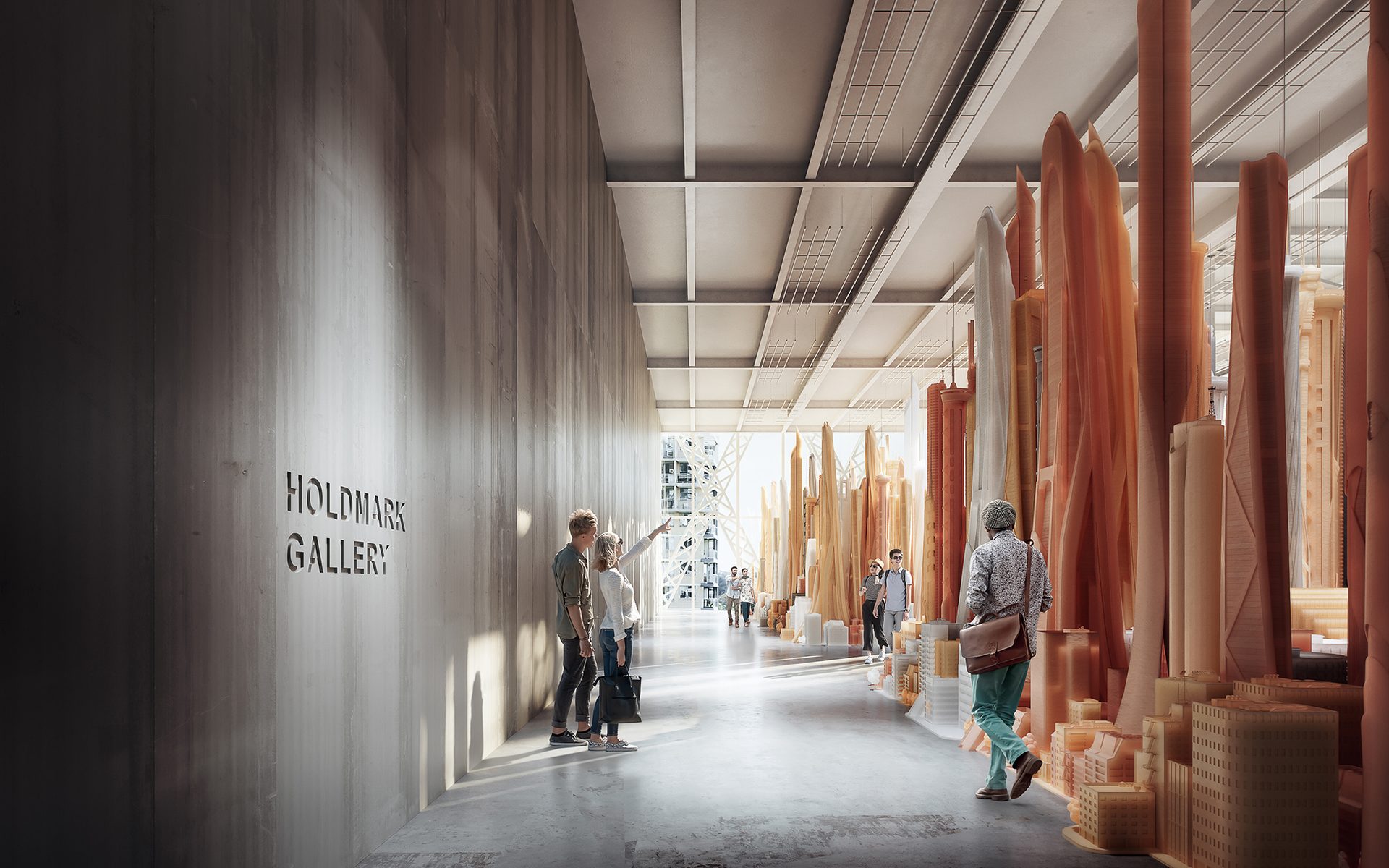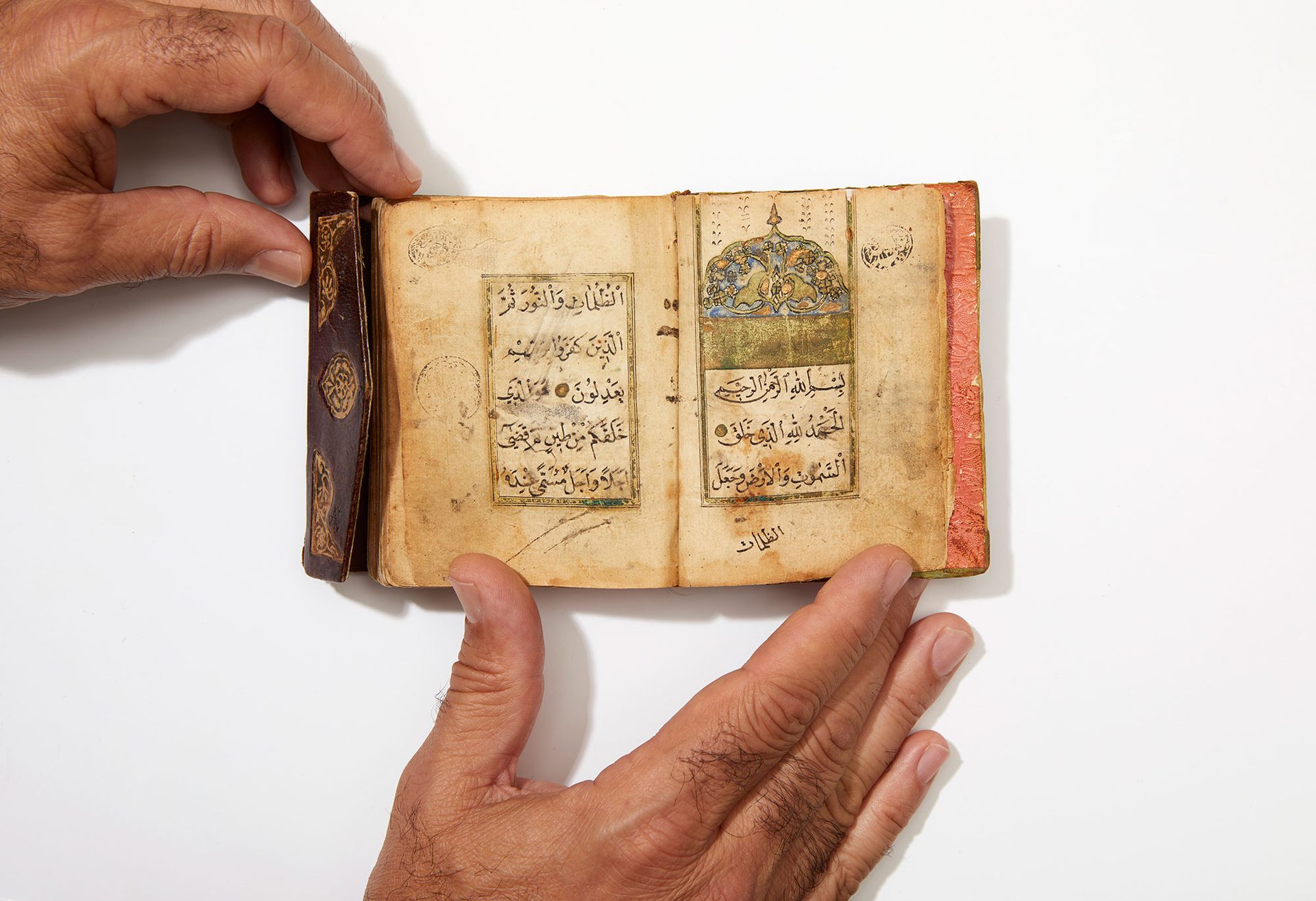Exoskeleton

Powerhouse Parramatta is designed so that the superstructure is a celebrated architectural feature that is used to articulate the building facades. The buildings are designed with three scales of steel lattices as an exoskeleton to the buildings that provide column free large volume spaces.
Moreau Kusunoki’s concept envisaged each element of the exoskeleton to have a unifying pattern that could be observed both up close and when viewing the building from afar. These sketches made in June 2020 show the working process of Arup Senior Structural Engineer Kengo Takamatsu as he develops the exoskeleton pattern and geometry that was designed by Moreau Kusunoki. Takamatsu’s drawings illustrate how tension and compression are manipulated with traditional truss components such as chords and nodes while enablingthe X, V and N patterns in the steel at both a large and small scale, as developed by Moreau Kusunoki.
‘Architecture is all about the relation with the site. The nature of the site environment is always the first thing that feeds the design and helps us to take directions. So architecture and nature is all one thing.’
In their competition scheme, Moreau Kusunoki (Lead Designer) and Genton (Local Architect) conceived Powerhouse Parramatta as a building with many functions and limitless potential. Their concept for the exoskeleton enabled the built form to tread lightly on the site, creating a porous ground plane that opens up the architecture as a gateway between the city and the river.
‘The exoskeleton lattice patterns directly express the building’s structural logic, revealing its functionality, rationality and lightness; enabling column free exhibition spaces to support dynamic and flexible programming.’
The Film
Powerhouse Parramatta Exoskeleton Prototype
On Monday 31 October 2022, Moreau Kusunoki (Lead Designer) and Genton (Local Architect), a representative of the Design Integrity Panel and the project team reviewed the prototype of Powerhouse Parramatta’s exterior structural frame, known as the exoskeleton, as well as the proposed glazed facade.
At approximately 7m high x 4m wide x 5m deep, review of the prototype is a key process to finalise the design development to be incorporated into the completed exoskeleton and the façade. The design and project teams will continue to test and validate the design solutions associated with steel, concrete and façade interfaces over the next months.

‘We were looking for something that would be iconic for Western Sydney.’
‘Dissolving the structure into lattice transforms the perception of scale of the building. Starting with the first, finest degree of lattice, we create a scale that is human and tangible; contributing to the comfort and attachment of the individual visitor. The second, medium level of lattice, relates more to the scale of the neighbourhood; integrating the building into the urban fabric. Finally, the third, largest degree of lattice solidifies the building as a monumental landmark. This network of lattice enables the building to transcend scales, existing simultaneously in the intimate and the iconic.’
Subscribe to gain first access to Powerhouse Parramatta programs and news.
